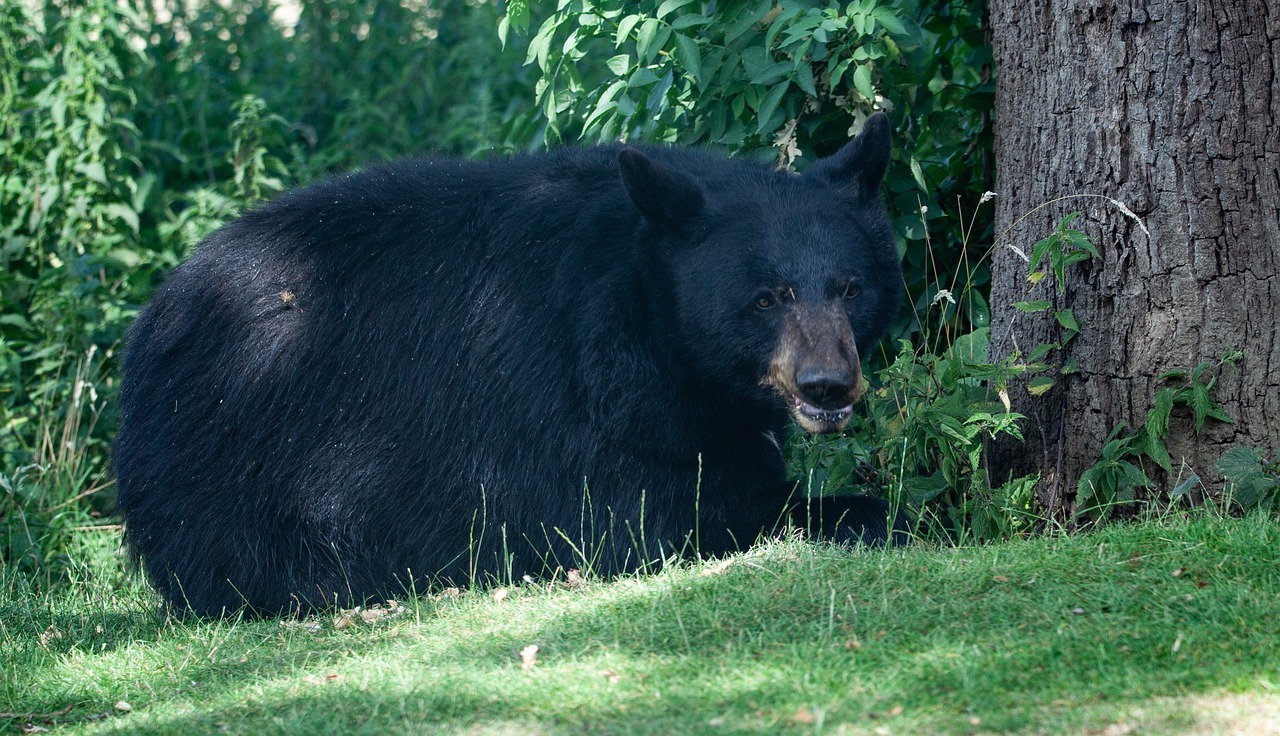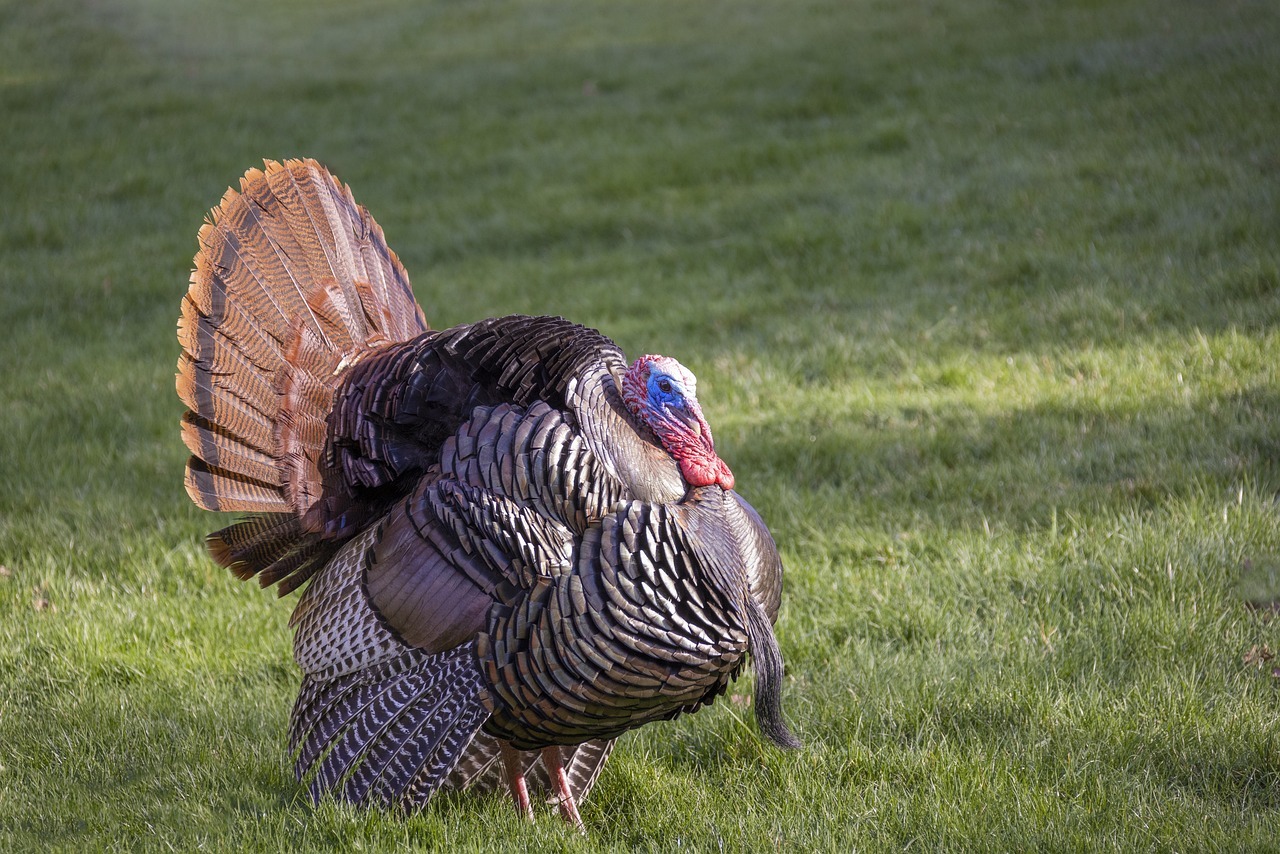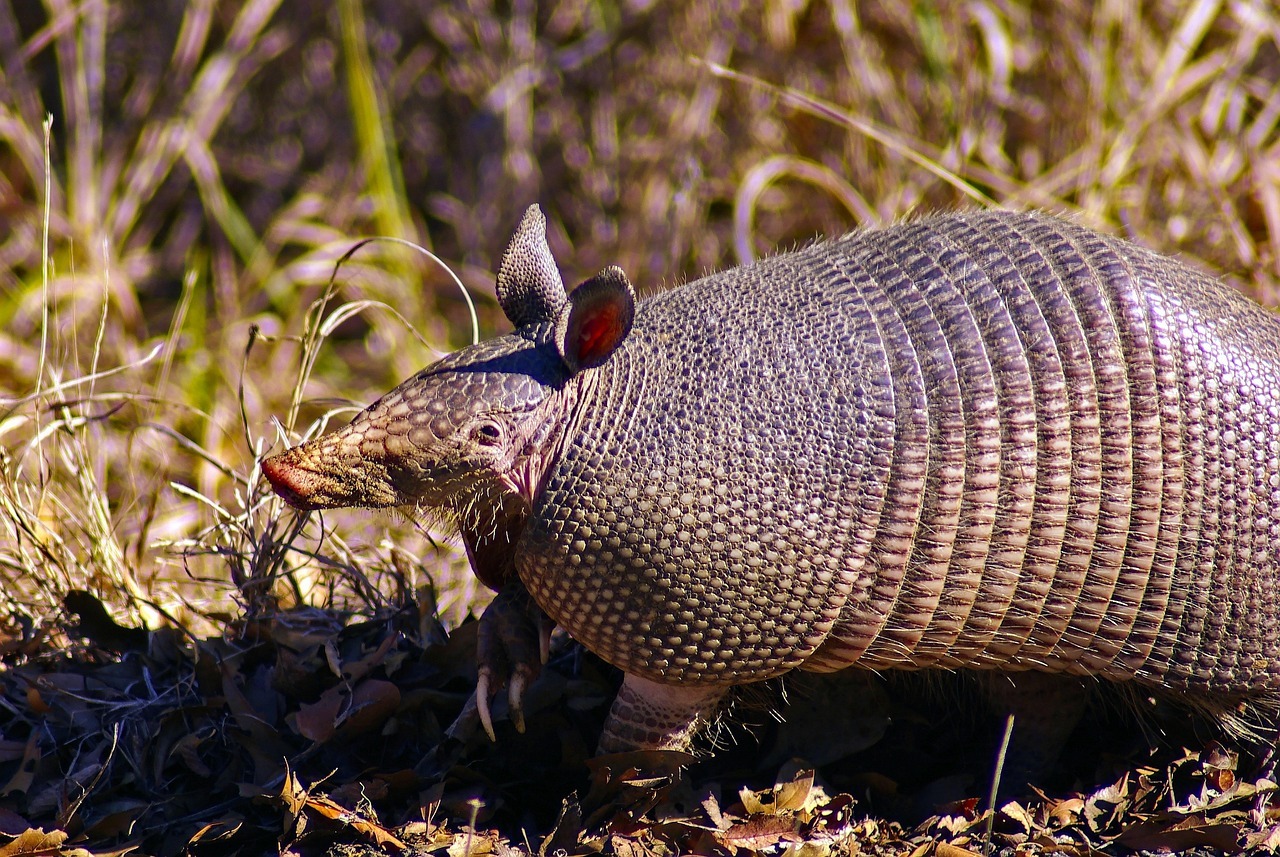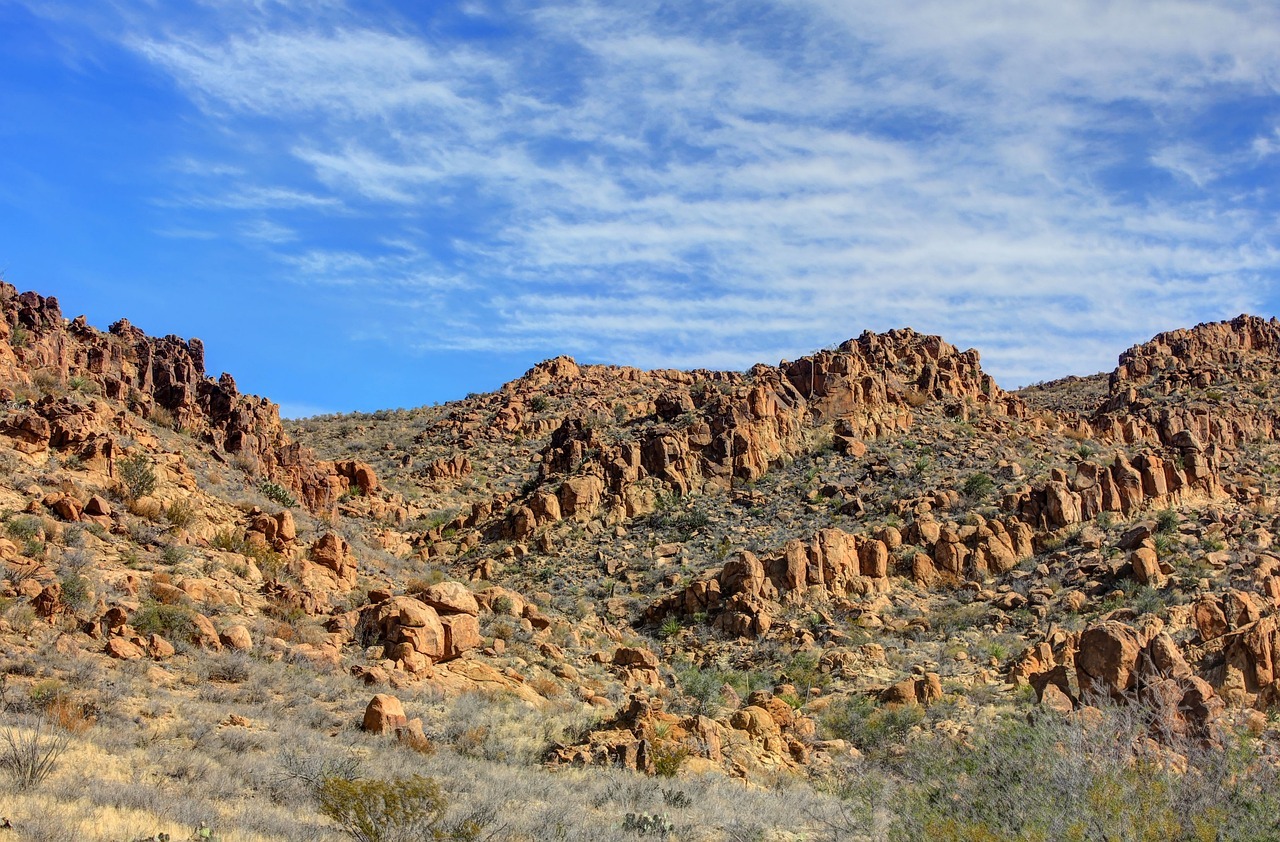Texas is a diverse state with a wide variety of plant and animal life that calls it home. From grasslands and deserts in the west to forests and wetlands in the east, the Lone Star State is a haven for its native wildlife.
In today’s post, we’re going to take a look at some of the most iconic animals of the state, ranging from large mammals like pronghorn and bison to smaller invertebrates such as mussels and freshwater shrimp. The unique and diverse geography of Texas, its climate, and geology provide a variety of habitats where these species thrive. However, many species also face serious threats that endanger their future. You’ll also find the major threats to its wildlife and steps being taken to conserve and protect it.
Texas’s Native Animals
Texas is home to a wide variety of native animals. From White-tailed Deer to American Black Bears, this state has some of the most interesting creatures found in the United States.
Mammals
The mammals found in Texas range from large to small and some of the most noteworthy include:
White-tailed Deer
The most common large mammal in Texas, white-tailed deers are found in the woodlands and grasslands throughout the state. Their diet consists of leaves, fruits, nuts, roots, and insects (especially in the summer).
Armadillo
Armadillos are burrowing animals that feed mainly on insects. You can find them in a variety of habitats, including grasslands and deserts throughout Texas.
American Black Bear
Although they are rarely seen due to their nocturnal habits and reclusive nature, American black bears can still be found in the pine forests of East Texas.
Javelina
These small mammals are also known as collared peccaries due to the distinctive white or grayish-colored marking on their shoulders. They inhabit semi-arid scrublands throughout much of Texas.
Texas Gray Wolf
Found primarily in West Texas, the Texas gray wolf is an endangered species that has been protected by federal law since 1976. Although it is believed that they have become extinct, there have been reports of gray wolves wandering around Texas, which many think are actually Mexican Gray Wolves.
Birds
Besides mammals, Texas is also the home to a wide variety of colorful and interesting birds. You can see many of them throughout the year, including:
Northern Bobwhite
This ground-dwelling bird is easily identified by its distinct whistle call and rusty-colored feathers. It prefers open areas such as grasslands and brushlands.
Wild Turkey
Wild turkeys are abundant throughout Texas and can be identified by their large size and remarkable iridescent feathers. You can find them in forests, swamps, pastures, and even urban areas of the state.
Bald Eagle
One of the rarest birds, bald eagles, can also be found through Texas. They prefer large bodies of water as their hunting grounds. These birds are a protected species in the United States and have made a significant recovery in recent years
Red-tailed Hawk
One of the most common hawks in North America, red-tailed hawks can be seen in Texas, soaring over open fields or perched atop tall trees in search of food.
Scissor-tailed Flycatcher
This beautiful songbird has distinctly long tail feather streamers trailing behind it. It is often seen fluttering over open fields or perching atop telephone wires.
Reptiles and Amphibians
You can also find a range of reptiles and amphibians dwelling in Texas as well. Many of these inhabit both freshwater and terrestrial habitats across the state. Some notatable species include:
Texas Horned Lizard
Texas horned lizards are called so because they have distinctive spiny scales covering much of their body which gives them a prickly appearance when threatened. These small reptiles have adapted to life on the arid plains of West Texas by eating ants and other insects.
Western Diamondback Rattlesnake
Found throughout most areas of Texas, excluding coastal regions, this venomous snake is one of the most commonly encountered species within the range. It has diamond shaped scales on its back, which give it its name, and is easily identifiable due to the characteristic rattle noise it makes when agitated or threatened.
American Alligator
American alligators are widely distributed throughout some areas within the southeastern parts of the state because the environment is suitable for their habitat. They prefer slow moving water bodies, such as marshes or lakes, with plenty of vegetation cover surrounding it for basking and nesting. They can grow up to 14 feet long and are an important part of the wetland ecosystem.
Red-eared Slider
This turtle is widespread across much of North America, including parts of Texas. It has a green shell with yellow markings and a distinctive red stripe behind each eye. It is often mistaken for its relative, the painted turtle which has different markings on its carapace (shell) and lives in far northern regions.
Gulf Coast Toad
Gulf coast toad is another highly adapted reptile that lives near freshwater sources, like streams or ponds in Texas. It feeds off aquatic insects like dragonfly larvae or mosquito larvae during summer months and returns to dry land during winter months, where it hibernates until spring arrives again.
Threats to Texas Wildlife
Despite being home to a diverse array of wildlife, including numerous species of birds, mammals, reptiles, and amphibians, several threats are affecting the wildlife population in Texas.
Habitat Loss and Fragmentation
Habitat loss is one of the primary threats to Texas wildlife. It is caused by urban development, energy production, water management, and other human activities. Such activities shrink the size of the habitat available to species, fragment the remaining habitats into disconnected patches, or both. This reduces resources available to animals, making it harder for them to find food, shelter, and mates.
Invasive Species
Invasive species are another threat that the Texas’s wildlife is facing. It takes the form of foreign organisms that are introduced to a new environment without any natural check or balance in place. These species often outcompete native ones for resources, and even directly predate on them, leading to declines in population of the native species.
Overhunting and Poaching
This is the most significant threat that the Texas wildlife is currently facing. Animals are hunted either for their fur, horns, or antlers, or simply for fun. Overhunting can reduce the number of animals in a population, so much that it cannot recover and become vulnerable to extinction.
Climate Change and Natural Disasters
Climate change and natural disasters are global issues. As temperatures rise due to the buildup of greenhouse gases in the atmosphere, different species are completely forced out of their habitats. The unsuitable climatic conditions, as well as habitat destruction caused by natural disasters, such as floods or droughts, is threatening various Texan species.
Disease and Parasites
Finally, disease and parasites can also cause population declines among Texas’s wildlife if they spread rapidly across a wide area. This can happen due to insufficient management efforts or lack of resources on the part of local conservation agencies. Diseases such as West Nile virus or avian influenza can leave behind devastating effects if not properly managed early on. In some cases, the damage may be irreversible.
Conservation Efforts
Conservation efforts aim to protect and manage natural resources, including wildlife, their habitats, and ecosystems. Here are some examples of conservation efforts taken to protect the wildlife in Texas:
Endangered Species Act
Passed in 1973, the Endangered Species Act (ESA) is a federal law that protects animal species listed as threatened or endangered due to human activities. It is drafted to prevent hunting or poaching of listed species and requires federal agencies to consult with the US Fish and Wildlife Service before taking actions that could harm them or their habitats.
Texas Parks and Wildlife Department
The Texas Parks and Wildlife Department (TPWD) is responsible for conserving Texas’s natural resources for future generations. It does so through research, education programs, land acquisition, habitat restoration projects, public outreach efforts, law enforcement activities, and more. The department also manages hunting programs with strict regulations aimed at preventing over-hunting of animals like white-tailed deer and greater sage-grouse.
Private and Public Land Conservation Programs
Private landowners also play an important role in conserving native wildlife habitats in Texas. They initiate voluntary conservation efforts, like prescribed burning projects or grazing management plans, that result in healthy grasslands for many grassland birds like Bobwhite quail or Burrowing owls.
The public lands, like state parks, often offer visitors opportunities to observe native wildlife in their natural habitat to provide an additional source of income for local communities. It is collected in the form of tourism revenue that the recreational activities, like fishing or hunting trips in these lands generate.
Community and Citizen Conservation Initiatives
Many Texans have taken up initiatives aimed at conserving local wildlife populations through community-based projects. These include:
- Restoring riparian corridors along rivers and streams
- Building nest boxes
- Planting trees
- Removing invasive plants
- Creating backyard wildlife habitats
- Participating in local land stewardship schemes
- Engaging with scientific research efforts
- Advocating for land protection
- Educating others about the importance of conservation
- Fundraising for conservation organizations
- Volunteering with conservation efforts
- Reporting illegal activity related to hunting/poaching
- Going on citizen science outings
- Embracing sustainable practices like using eco-friendly cleaning products around the home or garden areas populated by local wildlife species
Scientific Research And Monitoring
Scientific research is essential for understanding how different human activities impact wildlife populations in both positive and negative ways. It helps implement appropriate conservation strategies for effective management efforts in the future.
To ensure progress towards meeting these goals is made, TPWD funds research projects conducted by scientists in universities throughout the state,. These projects focus on various aspects of ecology, population dynamics, behavior, genetics, habitat use, diseases, nutrition, reproduction processes, and migration patterns. Plus, they monitor populations of native species through various surveys conducted through aerial viewings and camera traps, which provide important data on the population size, health, distribution, and so on.
Ultimately, strides are being made towards improving Texas wildlife conservation efforts by implementing various precautionary measures across both public and private lands. The continued dedication towards preserving the state’s unique biodiversity can help sustain its beautiful array of native plants and animals into the future.
Opportunities for Wildlife Viewing and Conservation
Texas is home to some of the most renowned and diverse wildlife in the United States. From armadillos to alligators, and roadrunners to wild turkeys, learning about the state’s native animals and conservation efforts can provide insight and appreciation for the natural world.
State and National Parks
Explore the flora and fauna of Texas at one of its stunning state or national parks. There are more than 90 state parks, historic sites, and natural areas across Texas, each providing a unique opportunity for visitors of all ages to explore the great outdoors. Whether you’re interested in wildlife viewing or simply want to enjoy nature, a day or two at one of these locations is a great idea.
And those looking for a longer stay, camping and hiking facilities are available at several of the parks as well. (Check out the top camping destinations in Texas.) Texas has numerous national parks, such as Big Bend National Park, Padre Island National Seashore, and Guadalupe Mountains National Park. These locations provide breathtaking scenery along with ample opportunities to get closer to the native wildlife.
Zoos and Aquariums
Make a trip to one of Texas’s numerous zoos or aquariums to get up-close-and-personal with some of its unique animal species. The Austin Zoo, Fort Worth Zoo, Dallas World Aquarium, and San Antonio Zoo offer fascinating firsthand experiences with the state’s diverse wildlife.
Here is the list of the best zoos in Texas.
Wildlife Sanctuaries and Refuges
Texas also houses many wildlife sanctuaries or refuges where you can learn more about its creatures’ habitats and behaviors. These places offer something for everyone, from curious observers looking for a peaceful day outside to avid birders wanting to get a glimpse of exotic species. Various organizations, such as the Riverside Nature Center or Gulf Coast Bird Observatory, provide excellent field study experiences and activities that help foster appreciation for Texas’ biodiversity.
Citizen Science and Volunteer Opportunities
Anyone can help contribute information toward furthering knowledge on native species by participating in the citizen science projects. For example, FrogWatch USA invites members of all ages and backgrounds to help monitor frog populations across North America. Volunteers gather data on frog calls which is then used for research campaigns. Similarly, Monarch Watch invites volunteers to help track monarch butterfly migrations by submitting sightings throughout their annual journey from Mexico to Canada.
Ecotourism and Responsible Outdoor Recreation
Choosing ecotourism or sustainable tourism opportunities, like kayaking tours or nature photography expeditions, enable you to exercise your outdoor recreation skills while abiding by responsible practices. Such activities leave no trace and minimize your carbon footprint. This way you won’t miss out on exciting outdoor activities, but also won’t disturb any natural habitats or put any species at risk.
Conclusion
The great outdoors of Texas are alive with fascinating wildlife just waiting to be discovered. However, these species face a range of threats, from habitat destruction to poaching, that require urgent attention.
Fortunately, there are many conservation efforts underway in Texas to protect and conserve these species and their habitats. These efforts include habitat protection, anti-poaching measures, and wildlife rehabilitation. It is important for all of us to take action to protect wildlife and their habitats.
There are plenty of viewing locations and expert-led activities that let you experience nature, including the the state’s renowned parks, zoos, aquariums, sanctuaries, or refuges. You can also join in on volunteer projects or responsibly take part in ecotourism activities. All these options make discovering Texas wildlife both fun and educational. And, by working together, we can help protect and conserve the native animals that call Texas home.





